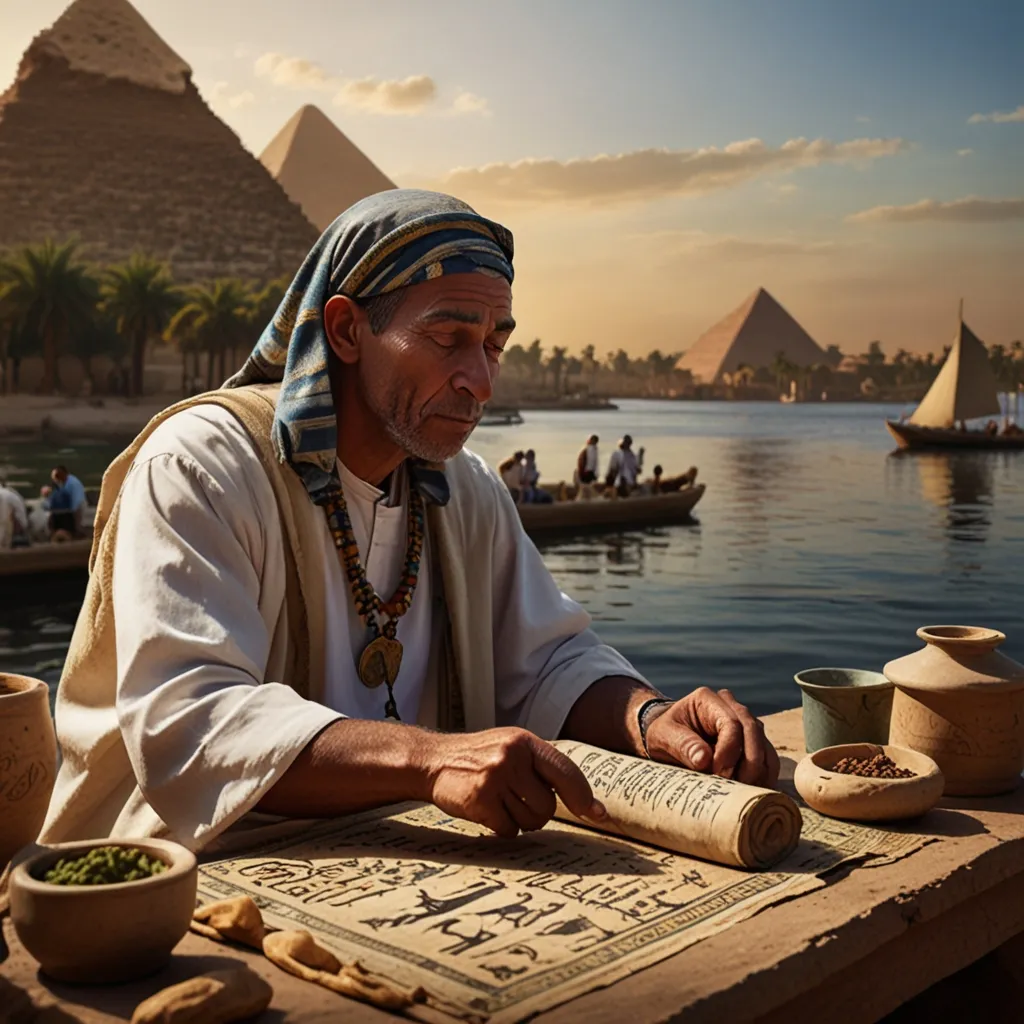In the vast and diverse landscape of modern spirituality, a new breed of pilgrims has emerged, one that has traded the traditional paths of old for the freedom and adventure of life on the road. These modern-day nomads, often living in vans or RVs, are redefining what it means to embark on a spiritual journey. Their stories are a testament to the evolving nature of faith and the human quest for meaning.
For many, the decision to adopt a nomadic lifestyle is not just about escaping the monotony of daily life, but about seeking a deeper connection with the world and themselves. The open road, with its unpredictable twists and turns, becomes a metaphor for the spiritual journey itself. Each mile traveled, each new landscape encountered, and each stranger met along the way contributes to a rich tapestry of experiences that are both profoundly personal and universally relatable.
One of the most striking aspects of this modern pilgrimage is the way it blends freedom with faith. Unlike traditional pilgrimages that often follow well-trodden paths to specific sacred sites, these nomads find sacredness in the everyday. A sunrise over a desert horizon, a chance encounter with a fellow traveler, or the simple act of setting up camp in a new location can all become moments of profound spiritual significance.
The rise of van living and RV culture has provided the perfect vehicle (literally) for this new form of spirituality. These mobile homes are more than just modes of transportation; they are sanctuaries on wheels, equipped with everything needed to sustain both body and soul. From the cozy interior of a van to the expansive views from an RV window, these spaces become personal shrines where travelers can reflect, meditate, and connect with their inner selves.
Connecting with various faith communities is another integral part of this nomadic spiritual journey. Whether it’s attending a Sunday service in a small town church, participating in a Native American ceremony, or joining a group of fellow travelers for an impromptu prayer session around a campfire, these interactions enrich the spiritual experience. They offer a glimpse into different faith traditions and foster a sense of community and belonging among travelers who might otherwise feel isolated.
Unique spiritual practices have also emerged within this nomadic lifestyle. For instance, some travelers incorporate mindfulness and meditation into their daily routines, using the natural beauty of their surroundings as a backdrop for their spiritual exercises. Others might engage in journaling or writing as a way to reflect on their experiences and the insights they gain along the way.
The impact of modern transportation on traditional pilgrimages is also noteworthy. In places like Tibet, the construction of new roads has significantly altered the pilgrimage experience. While these roads have made it easier for more people to reach sacred sites, they have also reduced the communal and festive aspects of the journey. Pilgrims who once walked together, sharing stories and experiences, now often travel in isolation, speeding past sacred sites without the time to fully appreciate them. In contrast, modern nomads embrace the slowness of their journey, finding beauty in the slow pace and the opportunity to engage deeply with their surroundings.
This slow and deliberate approach to travel is echoed in the experiences of those who undertake famous pilgrimages like the Camino de Santiago. Here, thousands of people each year embark on a journey that is as much about self-discovery as it is about reaching a sacred destination. The act of walking, day after day, through diverse landscapes and challenging conditions, becomes a spiritual exercise in itself. It is a reminder that the journey, not just the destination, holds the true value.
For many modern nomads, the journey is indeed the destination. It is a continuous process of discovery, growth, and spiritual exploration. They find that the act of moving forward, one step at a time, is where the true spiritual experience lies. This is not just about physical movement but also about emotional and spiritual progression.
The nomadic lifestyle also challenges traditional notions of community and belonging. Nomads, by definition, do not have a fixed home or a static community. Instead, they form transient communities along the way, connecting with fellow travelers and locals in meaningful ways. These connections are fleeting yet profound, offering a sense of belonging that is not tied to a specific place but to the shared experience of the journey.
In many ways, this modern nomadic spirituality resonates with ancient biblical themes. The story of Abraham, who was called by God to leave his home and journey to an unknown land, or the Israelites’ 40-year wanderings in the wilderness, are powerful metaphors for the spiritual nomad. These stories underscore the idea that our true home is not a physical place but a spiritual state, and that our journey through this world is a pilgrimage towards a higher purpose.
As we navigate this complex and often chaotic world, the stories of these modern nomads offer a compelling alternative to the fast-paced, technology-driven lives many of us lead. They remind us that spirituality is not confined to specific places or rituals but can be found in the simplest of actions and the most ordinary of moments.
In the end, the journey of these modern spiritual seekers is a testament to the enduring human quest for meaning and connection. Whether they are traveling across vast deserts, through dense forests, or along winding highways, they are all on a pilgrimage – a journey into the heart of themselves and the world around them. And it is in this journey, with all its uncertainties and wonders, that they find their true sanctuary.






